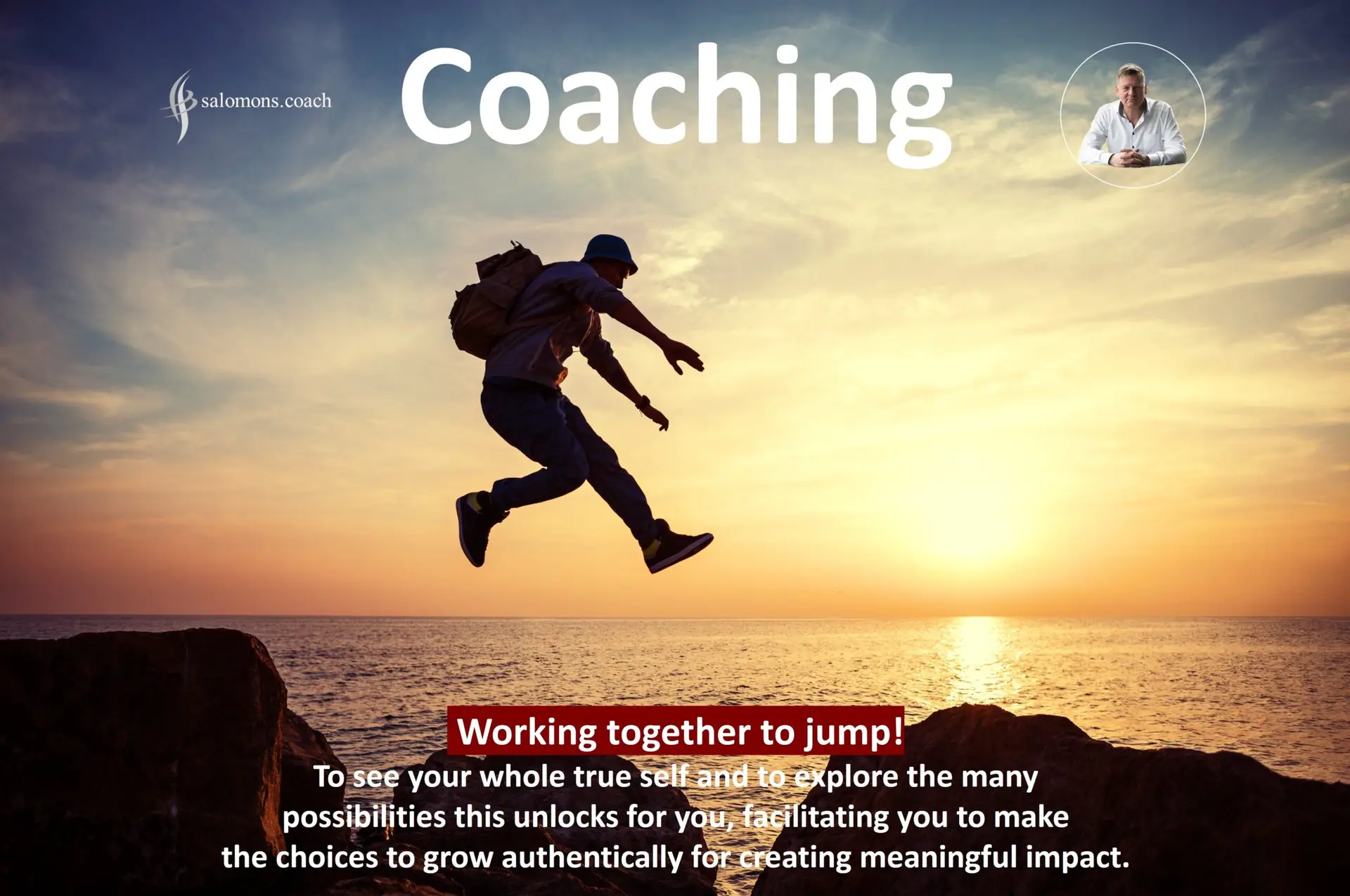How I work Leadership is a dynamic journey of action, reflection, and growth. Over the years, I’ve developed a comprehensive coaching approach that integrates the experiential principles of Kolb’s Learning Cycle, the humanistic insights of Carl Rogers, the structured feedback
If you prompt ChatGPT for “write how coaching is defined by HBR – summarize how HBR has published about coaching in the last 10 years – keep it short”, this is what you get: Harvard Business Review (HBR) has extensively
Effectiveness of Coaching vs Leadership Development Programs. Organizations invest heavily in leadership development, spending up to 5% of annual revenue on training programs, yet only 11% of executives report these initiatives meet expectations. Research shows leadership training can boost job performance by 20%, but challenges remain in achieving sustained results.
Leadership coaching, on the other hand, offers a personalized approach,...
Creating an environment of psychological safety is vital for team trust and collaboration. Leaders can achieve this by modeling vulnerability, encouraging inclusive participation, establishing clear communication norms, implementing structured reflection, providing support, and monitoring team dynamics. Key strategies include sharing personal mistakes, seeking feedback, promoting open dialogue, valuing diverse perspectives, setting respectful interaction expectations, conducting regular debriefs, offering training,...
Discover the true essence of Ikigai—far beyond the popular Venn diagram. Rooted in Japanese culture, Ikigai is about finding joy and purpose in the small, meaningful moments of everyday life. Learn how this concept has been misunderstood and how embracing its authentic meaning can lead to a more fulfilling existence.
Procrastination is a common challenge many face, often leading to stress and decreased productivity. Despite knowing its negative effects, we frequently delay tasks. This behavior is linked to our brain's limbic system, which triggers a "fight, flight, or freeze" response when confronted with stressful tasks, prompting avoidance to alleviate discomfort. To break this cycle, it's essential to address the...
How Wolves Can Teach Us About Leadership and Change
Did you know that reintroducing wolves to Yellowstone National Park transformed not just the ecosystem but also the rivers themselves? This powerful example of systems thinking reveals how small, strategic changes can cascade through an interconnected system, creating profound and lasting impacts.
In leadership, the same principle applies. Addressing one key area—like...
Negativity can quietly erode team morale, productivity, and even a leader’s confidence. In this post, I share the story of Nathalie, an operations manager trapped in a cycle of workplace stress and unproductive venting—both in her team meetings and personal life. Together, we explored the psychological roots of negativity, its contagious effects, and strategies to break free. From reframing...
"Leading Diversity, Inclusion, and Belonging (DI&B) effectively requires balancing empathy with strategy. In today’s VUCA (Volatility, Uncertainty, Complexity, Ambiguity) world, DI&B leadership isn’t just ethical—it’s essential for team resilience and innovation. This article explores my experiences and the top challenges leaders face: unconscious bias, resistance to change, and measuring impact. Offering practical guidelines, do’s and don’ts, and the role...
On November 1, we hosted our first “VUCA@Work” web event, an engaging 90-minute session aimed at helping leaders navigate Volatility, Uncertainty, Complexity, and Ambiguity. The event featured real-world examples, interactive discussions, and essential coping strategies, such as scenario planning, data-driven decision-making, and fostering psychological safety. Attendees left with practical tools for emotional resilience, agile decision-making, and transparent communication. This...








